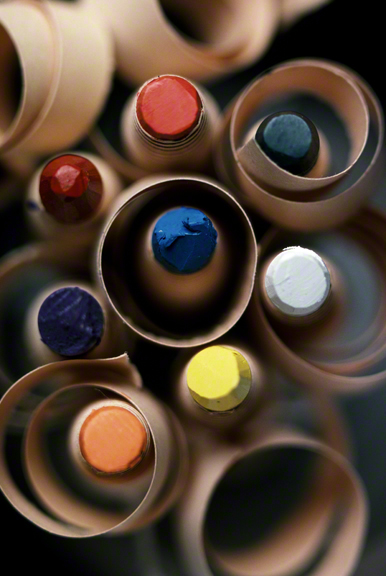CLOSURE:
By several definitions, Gestalt comes from the German/Austrian word meaning shape, form, or the whole. It is stated that Gestalt is the theory that the ‘whole’ is greater than the sum of its parts. It is also stated by others that the ‘whole’ is different than the sum of its parts. My thinking is that when you use the “elements of visual design” in your imagery you are basically working with and structuring these ‘parts’ that will eventually make up the ‘whole’; the ‘whole’ being your finished composition.
The methods we use to gain attention to our photography will vary, but what’s important is how we manage what the viewer perceives and processes when looking at the information we lay out to him in the form of a photograph. Visual input is a part of our everyday life, and as photographers, it is our prime objective to present this visual information in a way that takes control of what the viewer sees and when looking at our imagery.
In our reality, making the mind work harder is not necessarily a good thing, but in photography it is. By leading the viewer’s eye around our composition, having them complete an image, or having them consider the scene, they are now participating by taking an active role, and when we can accomplish that our images will definitely be stronger.
When we talk about different ways to keep the viewer involved in our photographs, one of several ways is to have them “complete an image, or a form, or an idea”. The brain has the ability to complete an unfinished form or subject, and this ability in the theory of Gestalt is called closure.
In both my online class with the BPSOP and in the “Stretching Your Frame of Mind” workshops I teach, we discuss and work on the six different ‘concepts’ in the theory of Gestalt. In my part I and part II classes, we work on incorporating the elements of visual design into out photography.
Visit my website at www.joebaraban.com. Come see me sometime, and we work and shoot together.
JoeB

























